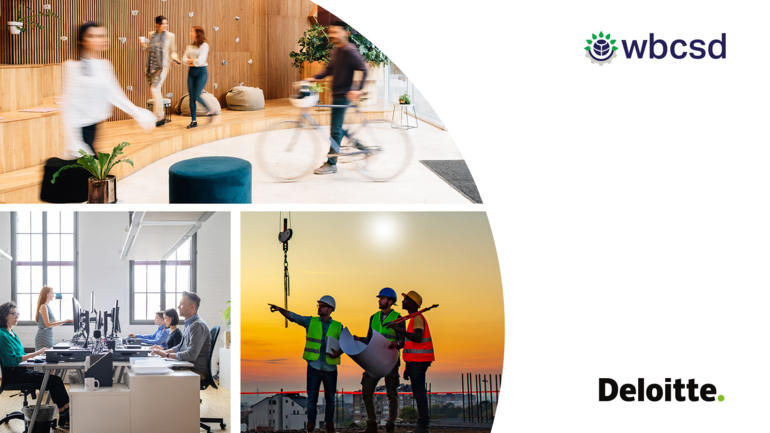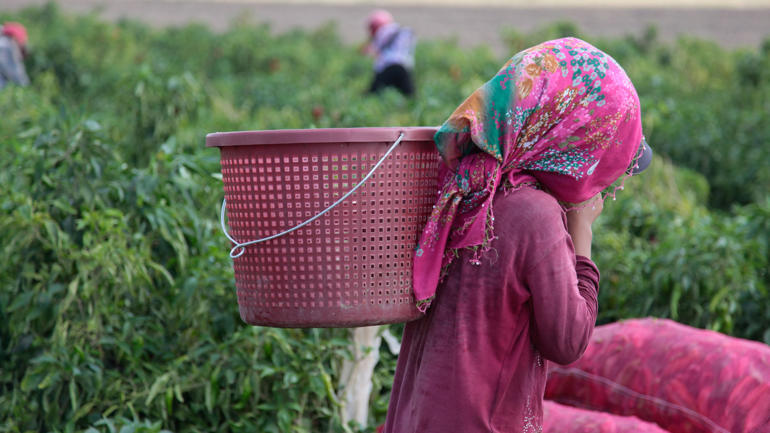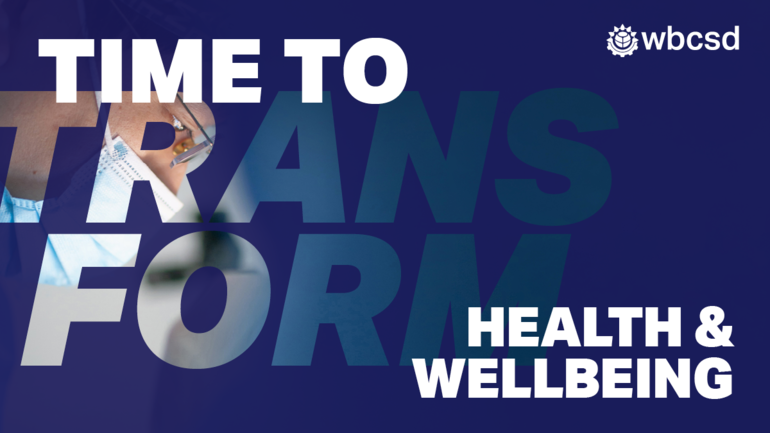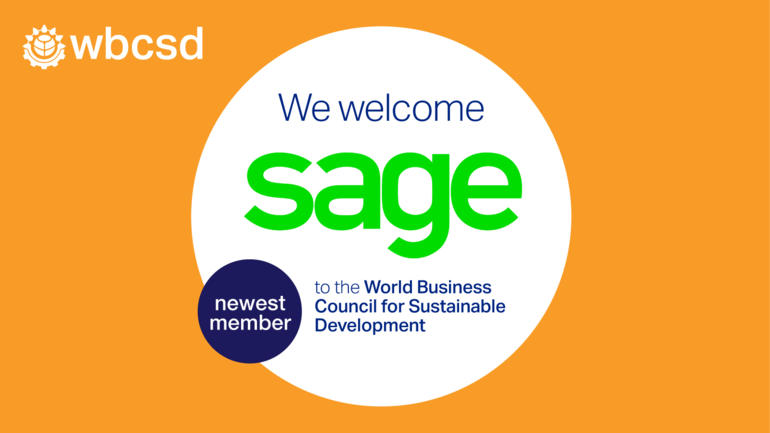Virginie Helias, VP Global Sustainability at P&G, closed the morning plenary session with an introduction to The Good Life 2.0. This is a piece of work that the Sustainable Lifestyles Cluster has been working on with Havas Worldwide, and it’s designed to inspire companies to communicate an updated vision of aspirational living – a good life in line with sustainable lifestyles.
We all know how hard it is to sell “sustainability” to the people who buy our products. P&G’s “Turn to 30” campaign (that encouraged people to wash their clothes in low temperatures) sold more Ariel but did not turn Ariel buyers into sustainable consumers.
Two years ago, WBCSD asked Havas to work on this challenge. The outcome was launched during this session: a Play Book for the Good Life – designed to be used by marketing teams, helping them place their brands in a ‘world’ that inspires customers to live a life that is both more rewarding and that just happens to be more sustainable.
Since the 1950s, companies have promoted the accumulation of stuff as the way to get to collective and individual bliss. 70 years later, people are still chasing aspirations that just cannot align with more sustainable lifestyles. The most committed and optimistic of companies have tried to reframe sustainability to promote the positives that stem from more sustainable living, seeking to reverse assumptions around effectiveness, affordability and sacrifice.
But clearly, people are not aspiring to more sustainable lifestyles today, let alone living them. So instead of reframing sustainability and trying to engage consumers in ‘green’ products or ‘green’ behaviours, we asked: why don’t we reframe aspirations? Why don’t we reframe what “The Good Life” looks like?
The HAVAS research looked to their 2016 Prosumer Study to understand what was making people happy. It was very much in line with a more sustainable lifestyle. In order to build a visual language of what a new Good Life could look like, Havas turned to Instagram and curated examples of how real people were presenting their own versions of Good Living that just happened to be more sustainable.
Within themes such as Family and Time, the Playbook explores the way that people are revealing the joy in their lives, from expected areas such as smarter homes and electric vehicles to other more delightful and emotional activities, such as taking deep pleasure in sleep or in the simple therapeutic act of hanging out their laundry. The aim is for marketers to draw inspiration from this visual code as they imagine a new world for their brands to exist in. The Playbook also offers brief narratives that provides marketing teams with examples of how the world that these images depict exists within a product or lifestyle story for their brands.
In summary, the Playbook is NOT designed to sell sustainability, or sustainable products. Forward-looking brands can draw on the playbook and rethink the picture of the world that they paint through their communications – shifting “brand backdrops” away from the huge house, or the fast car speeding down the empty road, the fridge almost exploding with food — and instead leveraging the things that people tell us make them really happy as the basis for the new aspirations.
In the coming weeks an invitation will be sent to Council Members from Andrew Bennet, CEO, Havas, inviting them to send their CMOs and Brand Leaders for a 1 day strategy HotHouse in NYC – leveraging the playbook to define a path to the Good Life 2.0.
For more information, please contact Julian Hill-Landolt, Director, Sustainable Lifestyles.
Download the slides. You can also watch Virginie’s presentation to the Council Members.








